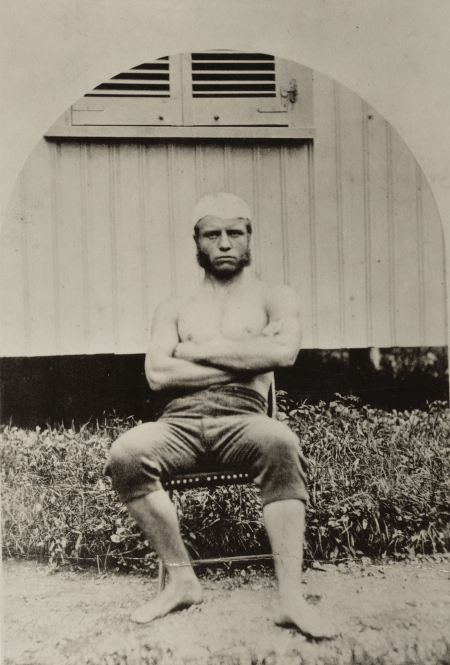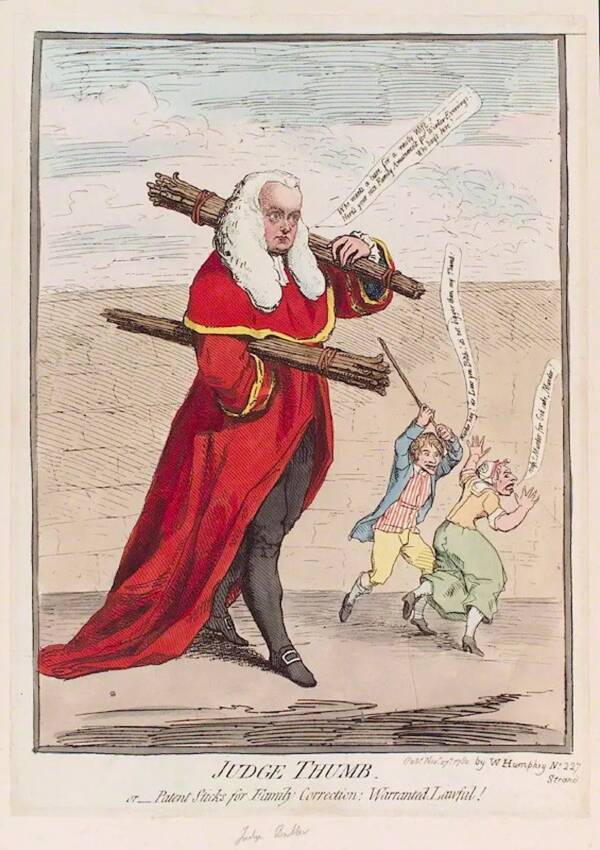A thread of ancient wonders of the world virtually reconstructed
1. The Colossus of Rhodes, Greece, destroyed in 226 BC
1. The Colossus of Rhodes, Greece, destroyed in 226 BC
2. The Lighthouse of Alexandria, Egypt, severely damaged by three earthquakes between 956 and 1323 AD
3. The Hanging Gardens of Babylon, Iraq, destroyed around 226 BC
4. The Pyramid of the Sun, Mexico
5. Roman theatre in Leptis Magna, Libya
6. The Mausoleum at Halicarnassus, Turkey, demolished in 1494 AD
7. The Pyramid of Khafre, Egypt
8. The Statue of Zeus at Olympia, Greece, destroyed between the 5th and 6th century CE
9. Milecastle 39, Hadrian's Wall, England, cleared in 1854 & excavated in 1908–11
10. The Temple of Artemis at Ephesus, Turkey, destroyed in 356 BC
11. The Temple of Bel, Syria, built in 32 AD & destroyed in 2015 by ISIS
12. The Temple of Jupiter, Italy, destroyed in 62 AD
13. Luxor Temple, Egypt
14. The Parthenon, Greece
15. Alamut Castle, Iran
Big thanks to @neomammalian for these awesome creations
A heartbreaking thread
https://twitter.com/timecaptales/status/1825209614042046685
• • •
Missing some Tweet in this thread? You can try to
force a refresh



















